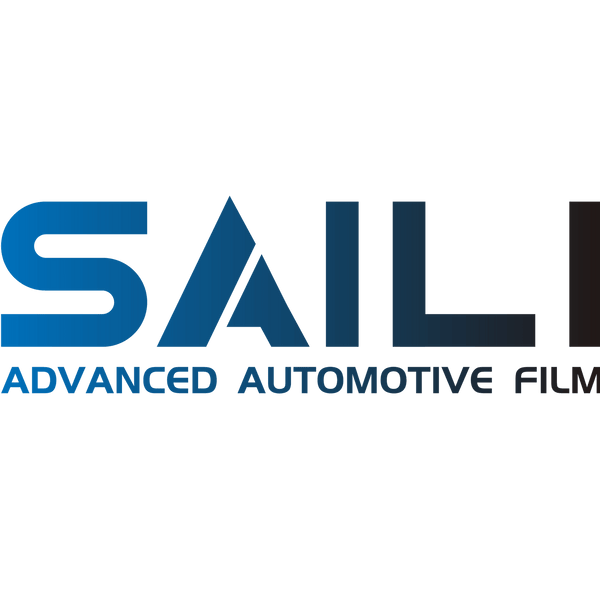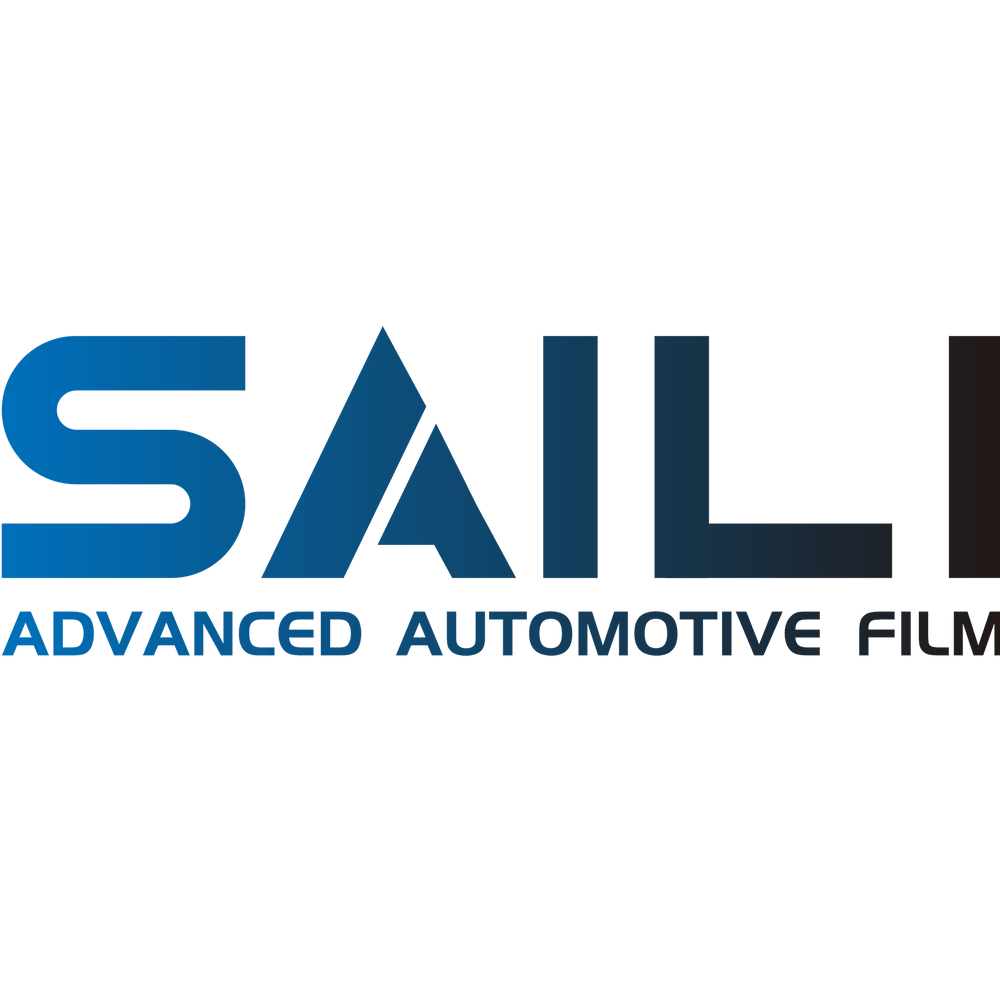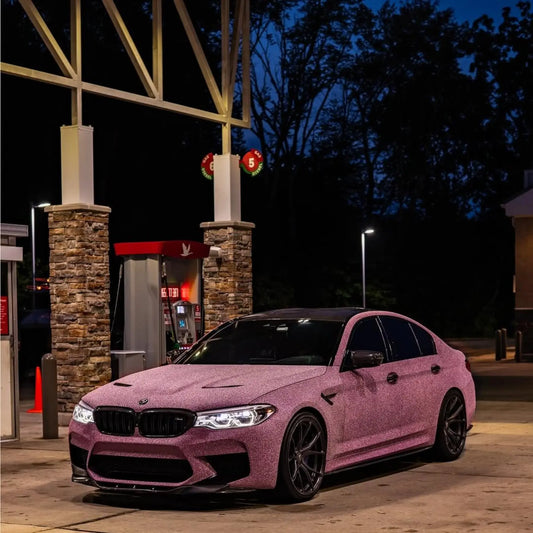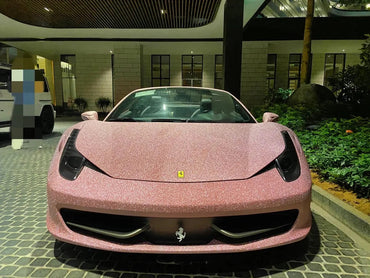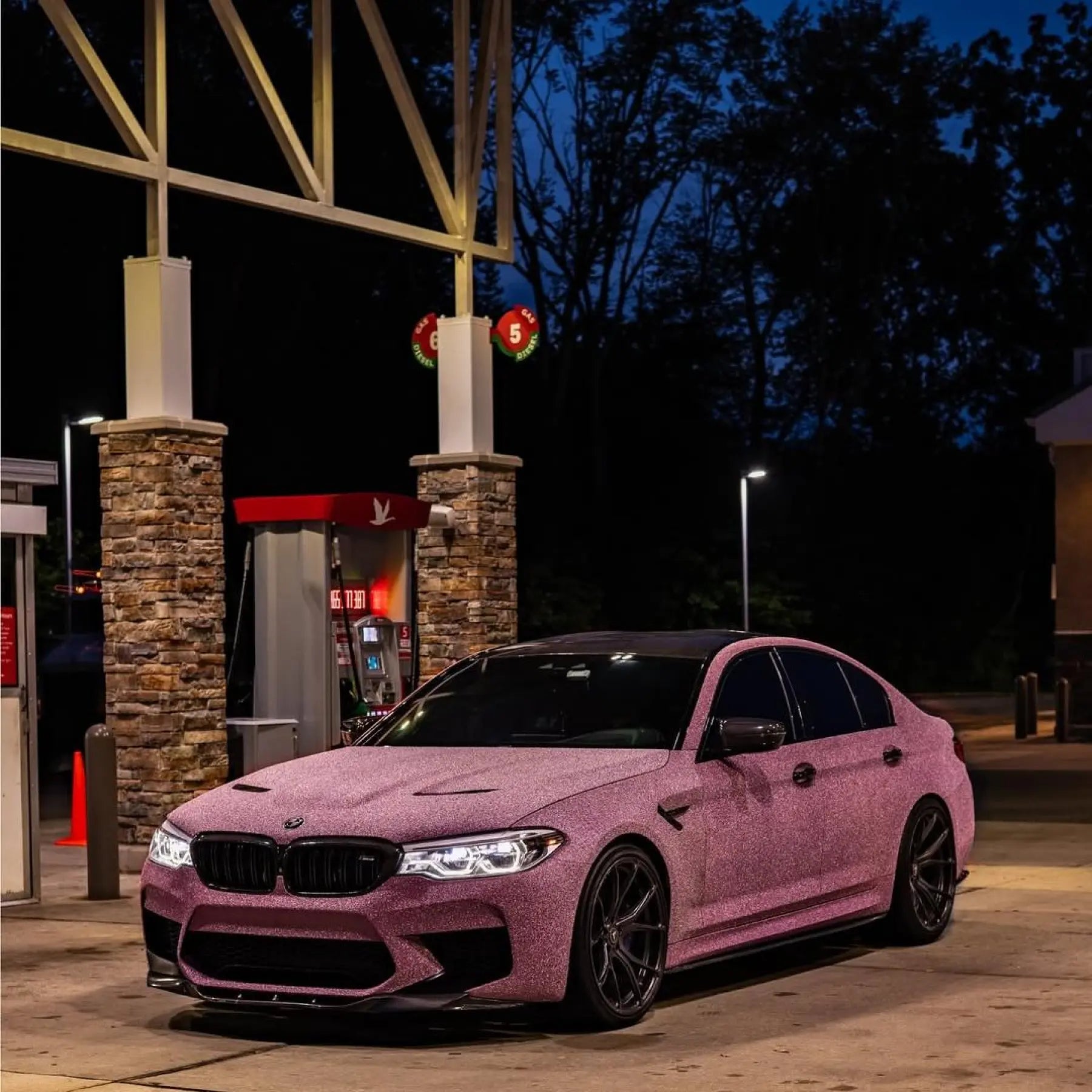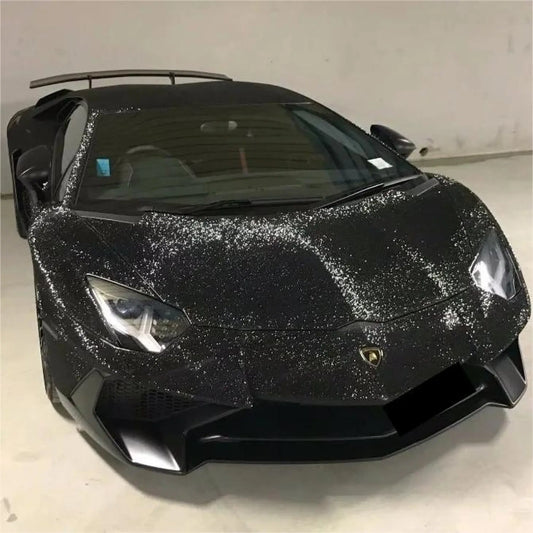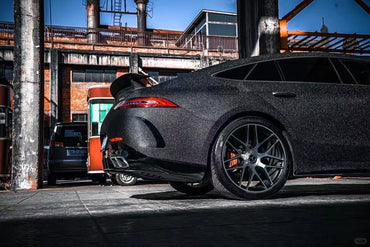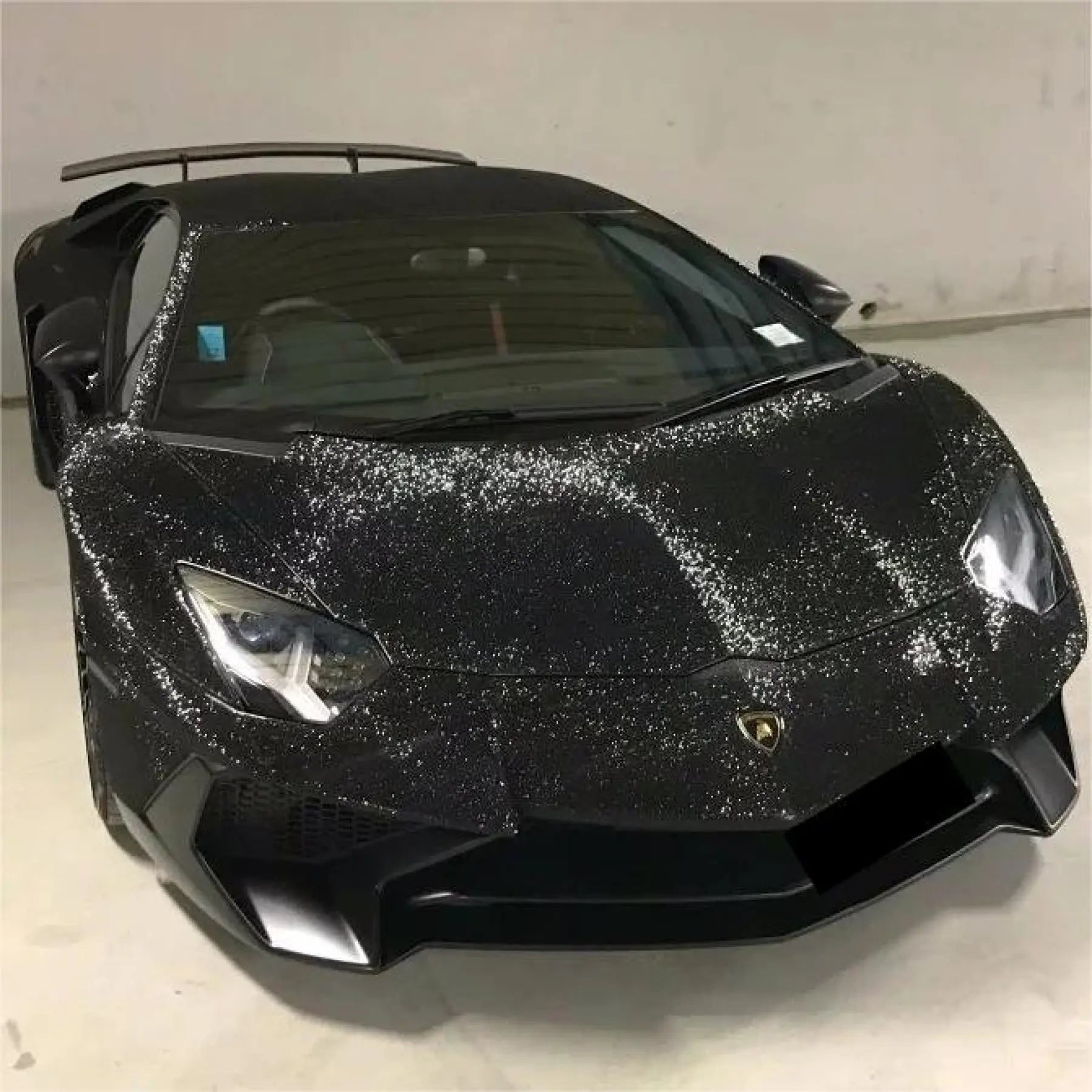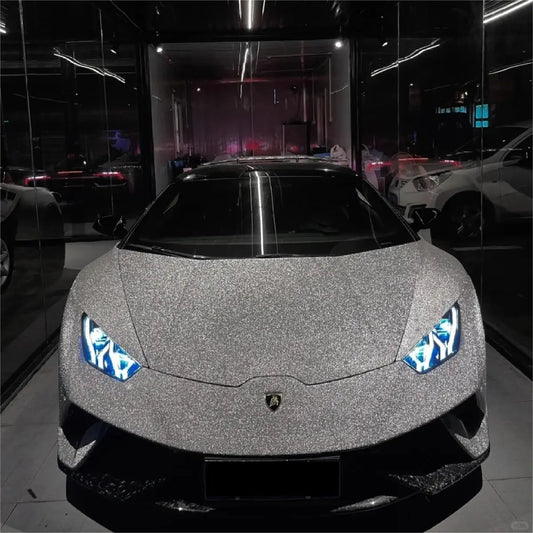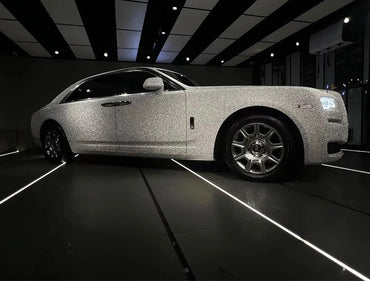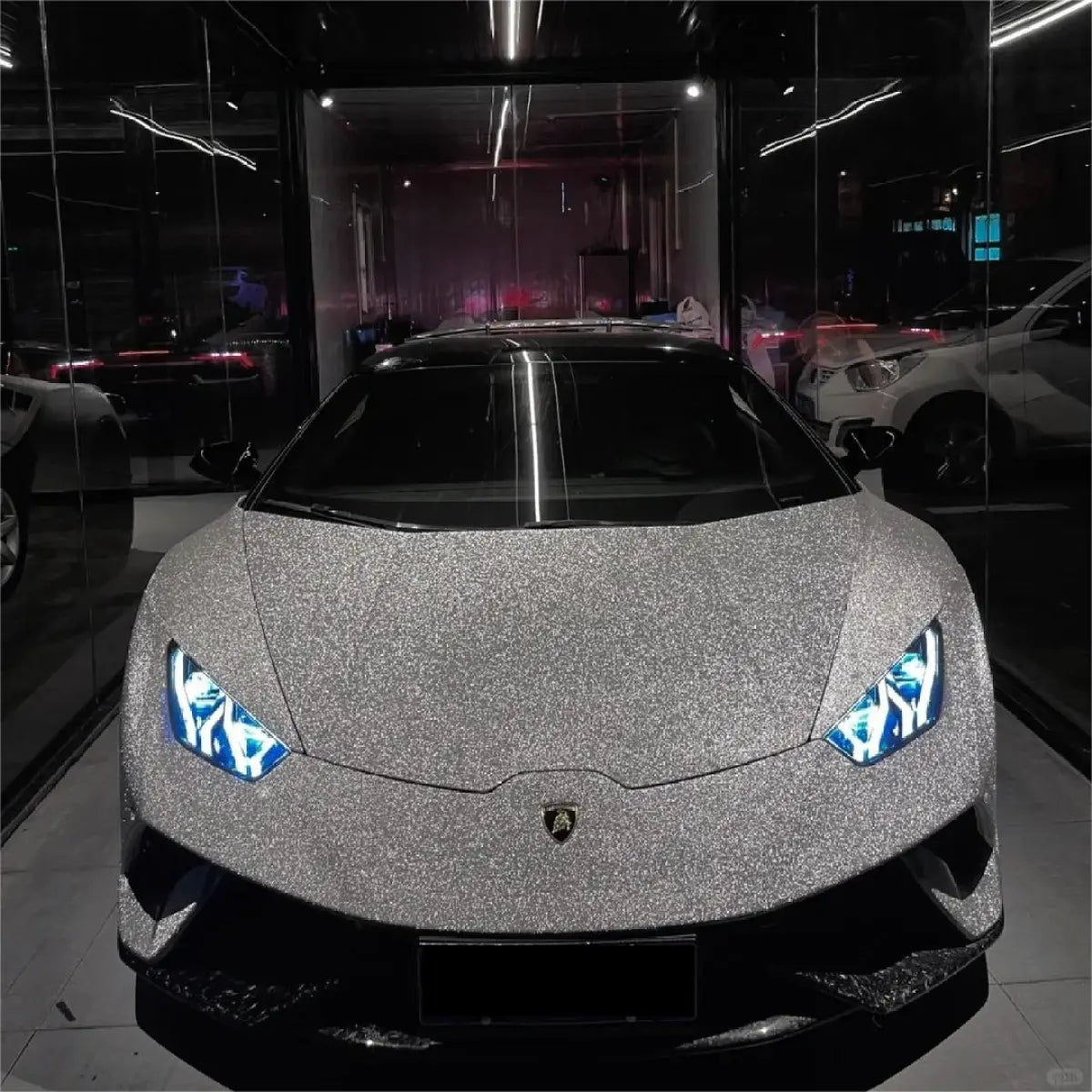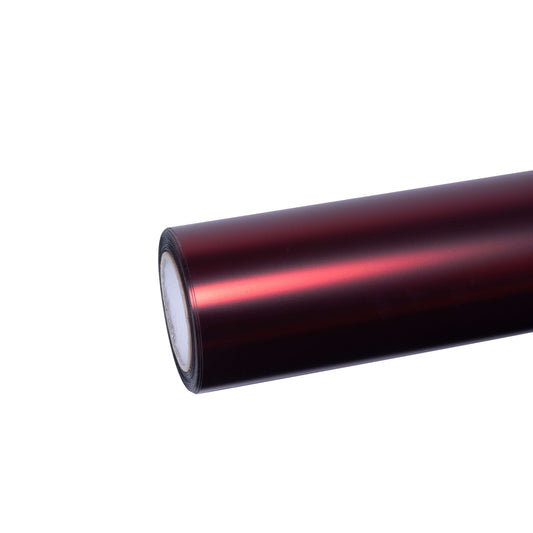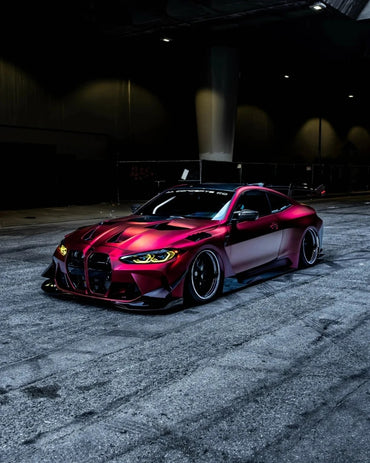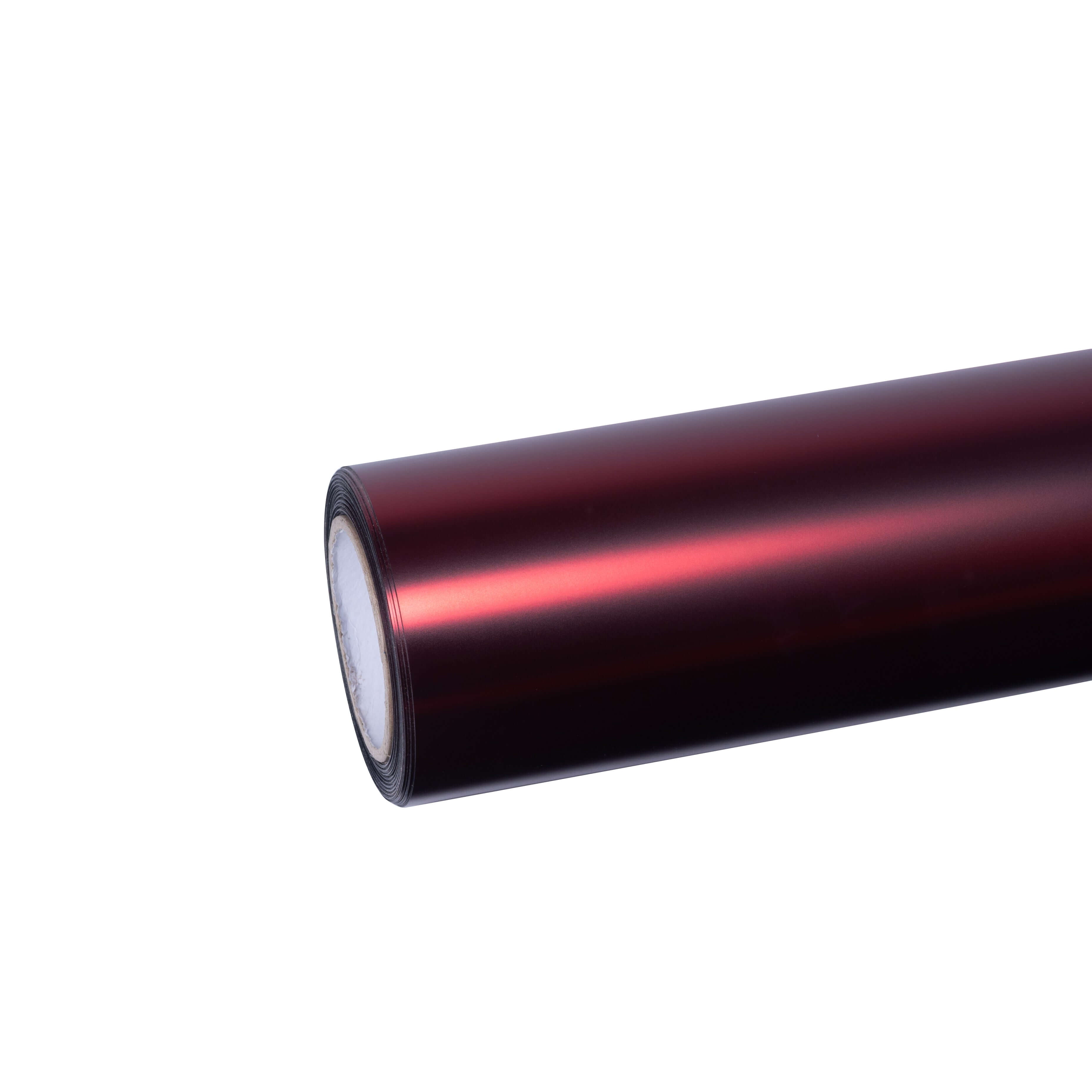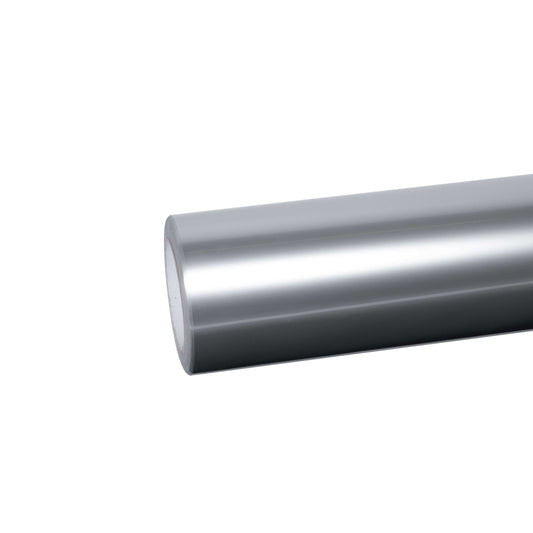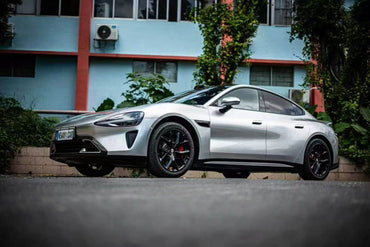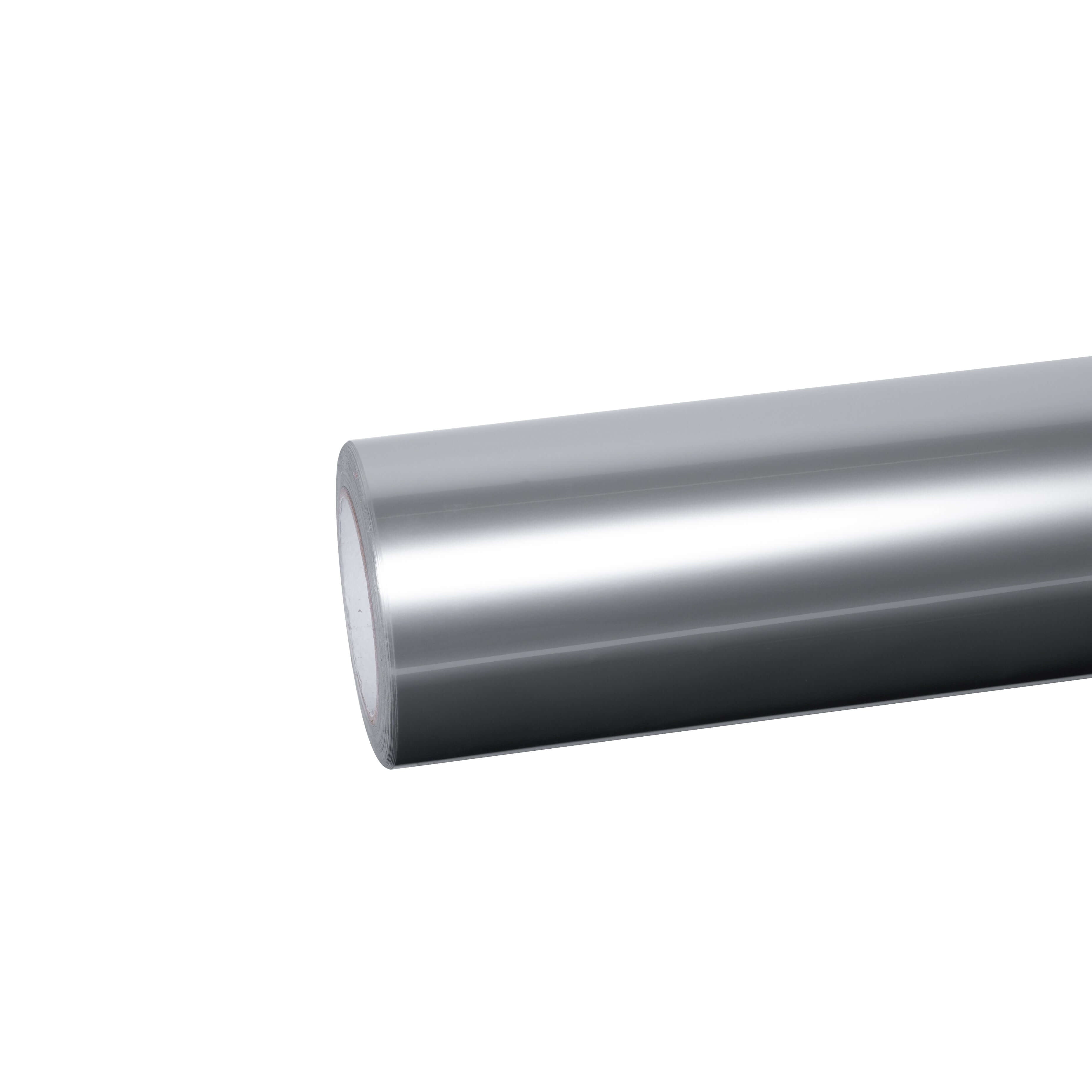The global automotive film market reflects this growing confusion among consumers. Search interest for vinyl wrap comparisons has surged 45% in 2025, with vehicle owners seeking clarity on which technology best serves their needs. This comprehensive guide breaks down every critical difference, helping you determine whether Sailifilm's premium vinyl wrap collections or paint protection film options represent the optimal choice for your vehicle.
Understanding Vinyl Wraps: Customization First
Vinyl wraps are thin, flexible films made from polyvinyl chloride (PVC) or premium polymeric materials. Typically measuring 3-4 mils in thickness, they're applied directly to your vehicle's exterior to completely transform its appearance. Think of vinyl wraps as wearable art for your car—they offer virtually unlimited customization possibilities while providing secondary protection benefits.
Sailifilm's complete vinyl wrap portfolio demonstrates this versatility perfectly. Our collection includes:
Premium Finish Options:
- Ultra Matte Wrap for sophisticated, non-reflective aesthetics
- Metallic Vinyl Wrap with dynamic depth and shine
- Liquid Chrome Wrap for mirror-like reflective effects
- 3D Carbon Fiber Wrap for sporty, high-tech appearance
- Rainbow Laser Vinyl Wrap for color-shifting iridescence
- Glitter Sparkle Car Wrap for eye-catching brilliance
- Dual-Color Dream Vinyl Wrap for bold two-tone designs
Vinyl wraps excel at complete aesthetic transformation. Whether you want matte black stealth mode, vibrant metallic magic, or custom graphics, vinyl delivers possibilities that traditional paint simply cannot match. The technology allows vehicle owners to express personality, update branding, or completely reimagine their vehicle's appearance without permanent alterations.
Paint Protection Film: Protection First
Paint Protection Film (PPF) represents a fundamentally different philosophy. Made from thermoplastic urethane (TPU), PPF is substantially thicker—typically 6-10 mils—and completely transparent. It's engineered as an invisible shield, preserving your vehicle's original paint while defending against environmental hazards, road debris, rock chips, and UV damage.
Sailifilm's TPU Paint Protection Wrap utilizes advanced TPU technology featuring self-healing properties. Minor scratches and swirl marks literally disappear when exposed to heat from sunlight or warm water. This active repair capability distinguishes PPF from passive protection methods.
Our Colored Paint Protection Film extends these benefits by combining protection with subtle aesthetic customization. Colored PPF represents the market's fastest-growing segment—search interest doubled between 2023-2025 as luxury and EV owners seek protection that doesn't compromise their vehicle's intended appearance.
Key Structural Differences
Thickness and Material Composition:
Vinyl wraps (3-4 mils) are thin, flexible films designed for appearance modification. PPF (6-10 mils) is substantially thicker, engineering impact resistance into every layer.
Primary Function:
Vinyl wraps transform how your vehicle looks. PPF preserves how your vehicle already looks. This distinction shapes everything—from installation technique to maintenance requirements to cost calculations.
Installation Method:
Vinyl wraps apply dry, with pressure-sensitive adhesive creating an instant bond. PPF uses wet installation, requiring slip solution to position film precisely before adhesive cures. PPF installation is significantly more complex and time-consuming.
Adhesive Technology:
Vinyl wrap adhesive creates a permanent bond (though removable without damage when performed professionally). PPF adhesive is engineered for removal without compromising original paint—the defining characteristic of proper paint protection.
Durability and Longevity Comparison
Vinyl Wrap Lifespan:
Under normal conditions with proper maintenance, quality vinyl wraps last 3-5 years. Premium materials perform better, while budget options may deteriorate within 2-3 years. Exposure to harsh environments, extreme UV, or improper washing accelerates degradation.
PPF Lifespan:
High-quality PPF lasts 7-10 years, with premium brands offering warranties extending to 10+ years. The film maintains clarity, doesn't yellow (unlike older PPF generations), and self-healing properties keep it looking new throughout its lifespan.
Maintenance Impact:
Vinyl wraps require consistent, careful maintenance to prevent peeling, scratching, and fading. Weekly washing with pH-neutral products is recommended. PPF demands less intensive maintenance—regular washing maintains its appearance indefinitely.
Cost Analysis: Initial Investment vs. Long-Term Value
Vinyl Wrap Costs:
Full-vehicle vinyl wrap installation typically ranges from $1,500-$4,000, including labor. Partial wraps start at $500-$1,000 depending on coverage area and complexity. Material quality significantly impacts pricing—Sailifilm's premium collections represent investment-grade materials worth the premium.
PPF Costs:
Full-vehicle PPF protection runs $4,000-$7,500+, with front-end protection packages (hood, fenders, bumper) starting at $1,500-$3,000. The higher upfront cost reflects complexity, labor intensity, and superior materials.
Total Cost of Ownership:
While vinyl wraps seem cheaper initially, the calculation changes over time:
- Vinyl wrap: $2,500 initial + $2,500 replacement every 3 years = $5,000 over 6 years
- PPF: $5,500 initial + minimal maintenance = $5,500 over 10 years
PPF actually delivers lower cost-per-year protection when calculated over vehicle ownership duration.
Aesthetic Possibilities: Where Vinyl Shines
Vinyl wraps offer virtually unlimited visual possibilities:
Design Flexibility:
Custom graphics, company logos, racing stripes, color blocking, matte-to-gloss combinations, metallic effects—all achievable through vinyl. Sailifilm's extensive color and finish options demonstrate this versatility. From crystal-clear protective aesthetics to dramatic dual-color combinations, vinyl accommodates any creative vision.
Trend Adaptation:
Want to experiment with color before committing? Vinyl wraps are reversible. This flexibility makes them perfect for exploring trends, testing brand identities, or simply changing your vehicle's mood seasonally.
Protection Secondary Benefit:
While vinyl doesn't provide structural protection like PPF, it shields underlying paint from UV rays, minor scratches, and environmental contaminants—a meaningful secondary benefit.
PPF Aesthetic Reality:
PPF maintains your vehicle's original appearance. It adds slight gloss but remains completely invisible. For those obsessed with originality—classic car collectors, luxury vehicle owners, enthusiasts prioritizing factory aesthetics—this invisibility is a feature, not a limitation.
Protection Levels: Physical Defense Analysis
Vinyl Wrap Protection:
Vinyl provides minimal protection against physical impact. It prevents minor UV fading and defends against light scratches, bird droppings, and tree sap. However, it cannot prevent rock chips, deep scratches, or meaningful physical damage from reaching underlying paint.
PPF Protection (Superior):
PPF absorbs impacts that would damage exposed paint. A rock traveling 120 km/h hits PPF with force that's dissipated and absorbed rather than transferred to your vehicle's paint. Studies show PPF-protected vehicles suffer rock chip damage at rates 10-20% lower than unprotected vehicles.
Self-Healing Advantage:
Our TPU Paint Protection Wrap features self-healing properties absent from vinyl. Microscopic scratches and swirl marks repair themselves through thermal activation—a capability vinyl cannot replicate.
UV and Environmental Protection:
Both technologies block harmful UV radiation, preventing paint oxidation and fading. PPF's superior thickness provides more comprehensive UV defense over its extended lifespan.
Maintenance Requirements and Care
Vinyl Wrap Care Demands:
- Hand wash weekly with pH-neutral soap
- Avoid automated car washes (brushes damage vinyl)
- Skip waxing, polishing, or petroleum-based products
- Address spills immediately—stains set permanently
- Dry completely after washing to prevent water spots
- Avoid pressure washing above 1,300 PSI
- Prevent prolonged sun exposure with garage storage
The maintenance burden is substantial. Improper care accounts for approximately 25% of premature vinyl wrap failure.
PPF Care Simplicity:
- Regular washing maintains appearance
- Ceramic coating application optional (enhances hydrophobicity)
- No special products required
- Pressure washing acceptable (though not necessary)
- No waxing or polishing needed
- Essentially maintenance-free compared to vinyl
Which Should You Choose?
Vinyl Wrap Is Ideal If:
You prioritize aesthetic transformation and customization. You want to experiment with bold colors, graphics, or designs. You plan to change your vehicle's appearance frequently. You're running a commercial fleet requiring branded graphics. You value reversibility and flexibility.
PPF Is Ideal If:
You're protecting a new luxury vehicle or investment asset. You drive primarily on highways with constant rock chip exposure. You want resale value preservation through perfect paint protection. You prefer invisibility to customization. You're minimizing maintenance requirements.
The Hybrid Strategy (Optimal Solution):
Smart vehicle owners combine both technologies. Apply PPF to high-impact zones (hood, fenders, bumper, mirrors, door cups), then layer vinyl wraps for aesthetic customization on remaining surfaces. This approach delivers:
- Maximum physical protection where damage occurs most frequently
- Unlimited aesthetic possibilities
- Lower PPF costs through selective application
- Complete customization without compromising core protection
This dual-technology strategy represents the market's fastest-growing segment in 2025, particularly among luxury and EV owners.
Sailifilm's Complete Solutions
We understand these distinctions intimately. Our comprehensive portfolio addresses every vehicle protection and customization need:
For Customization Priority:
- Metallic Vinyl Wraps for luxury aesthetics
- Ultra Matte Wraps for sophisticated stealth
- Specialized finishes including chrome and carbon fiber
For Protection Priority:
- TPU Paint Protection Wraps with self-healing technology
- Colored PPF combining protection with aesthetic customization
Professional Support:
- Comprehensive tool collections for proper installation
- Sample kits for evaluating finishes before commitment
Real-World Performance Data
Recent market research reveals clear trends:
- 75% of luxury vehicle owners choose PPF for paint protection
- Color PPF search interest increased 200% year-over-year (2024-2025)
- Hybrid strategy adoption grew 60% among professional detailers
- Average vinyl wrap failure rate (improper maintenance) remains 25%
- PPF satisfaction ratings exceed 92% among owners practicing basic care
Final Verdict: Making Your Decision
The answer isn't "which is objectively better" but rather "which serves your priorities?"
Vinyl wraps transform appearance while providing secondary protection. They're the artist's choice—perfect for creative expression, brand projection, and aesthetic evolution.
PPF preserves and protects. It's the investment guardian—ideal for long-term value retention, high-mileage vehicles, and paint preservation obsessives.
The wisest choice? Apply both technologies strategically. Protect your vehicle's most vulnerable zones with PPF, then personalize remaining surfaces with Sailifilm's exceptional vinyl options. This combination delivers maximum value—physical protection where needed, aesthetic expression everywhere else.
External Resources
- Wikipedia: Vehicle Wrap Technology
- Polyvinyl Chloride Applications
- Thermoplastic Polyurethane Properties
- Automotive Paint Protection Methods
- Understanding self-healing paint protection technology
Comparing matte vs. gloss finishes for different vehicle types
Ceramic coating application over PPF
